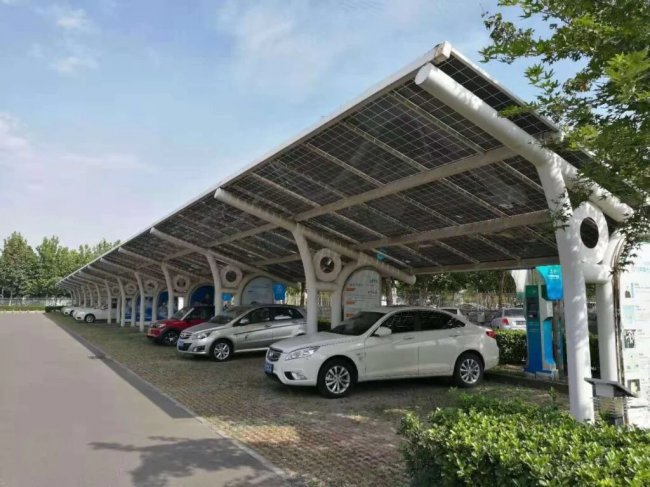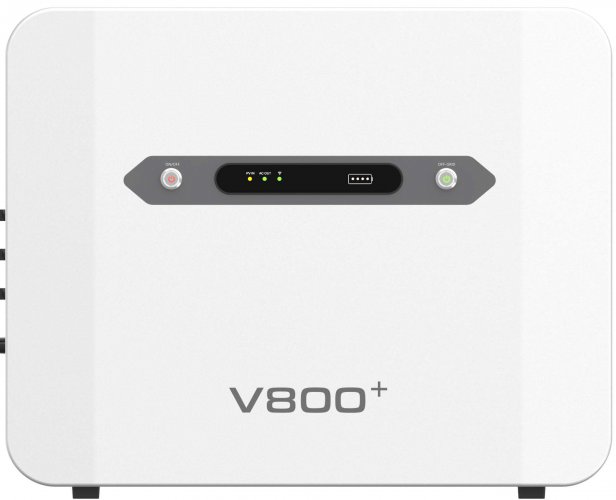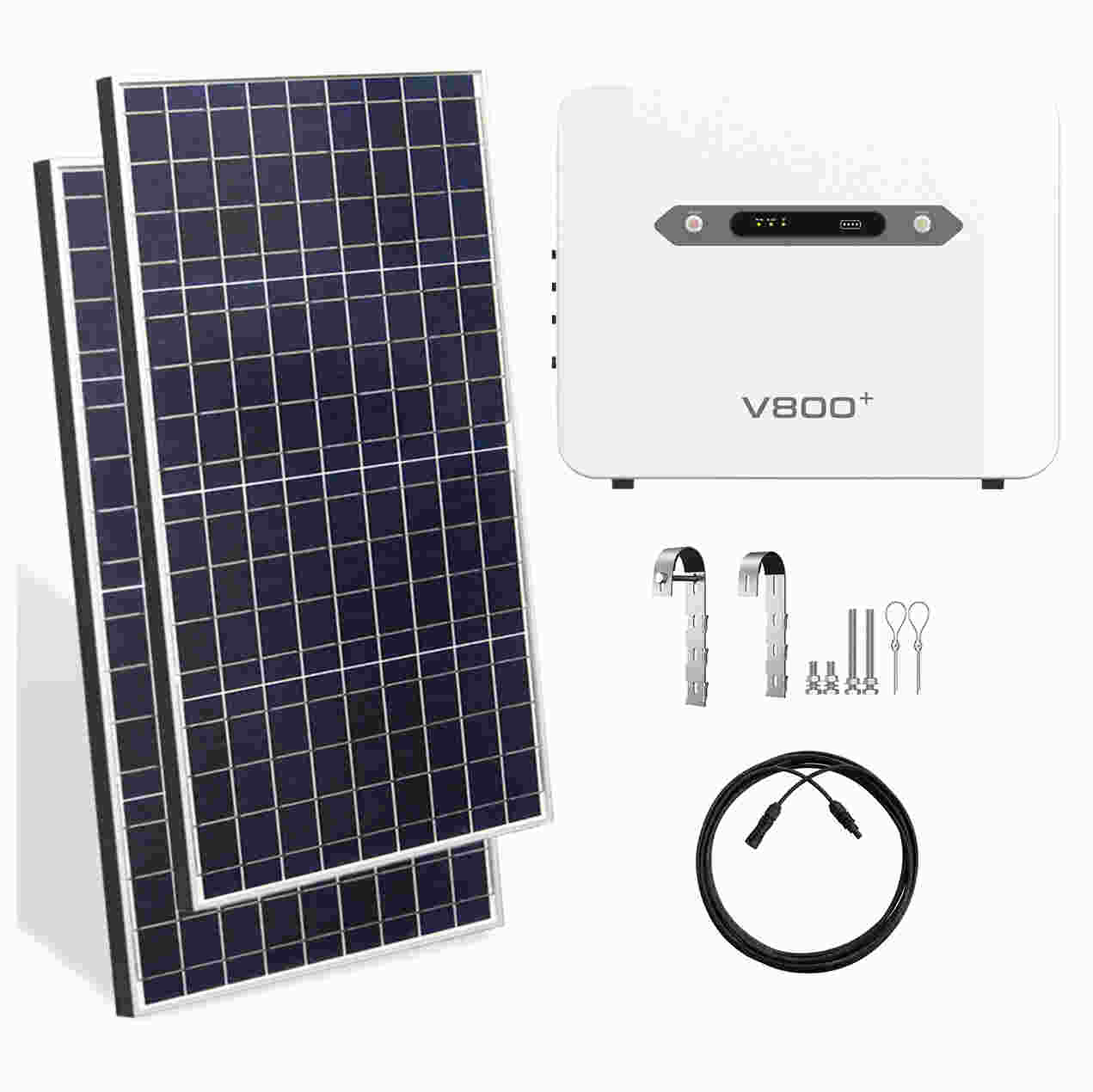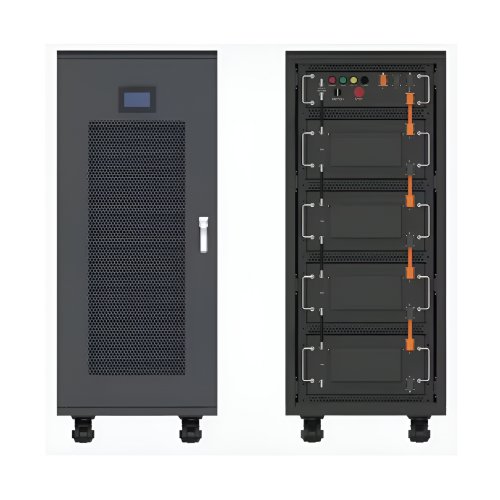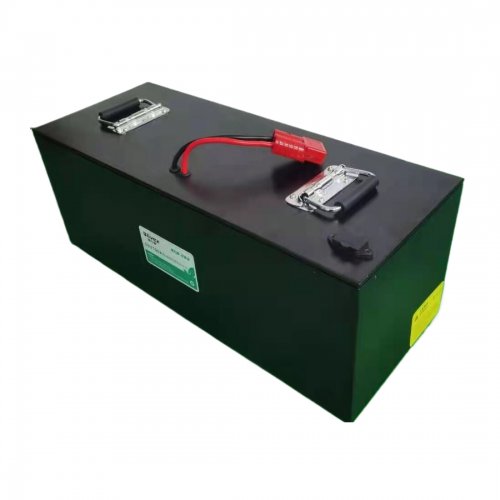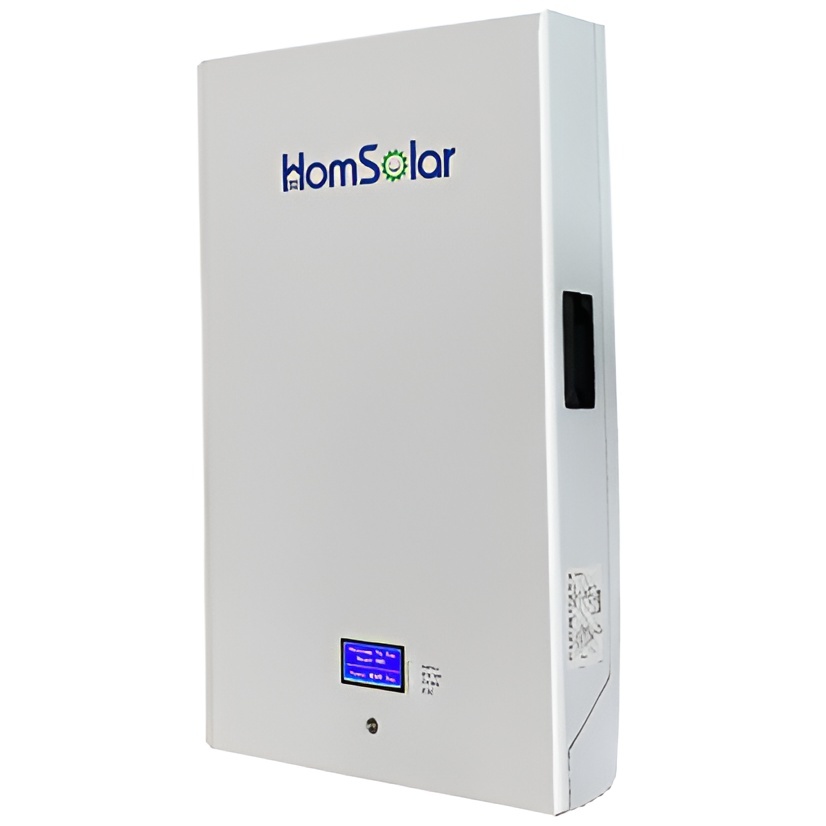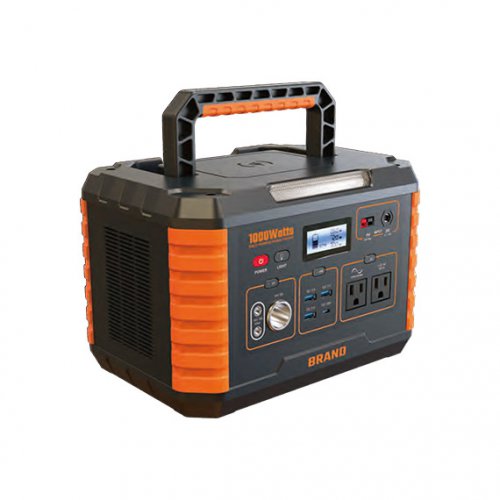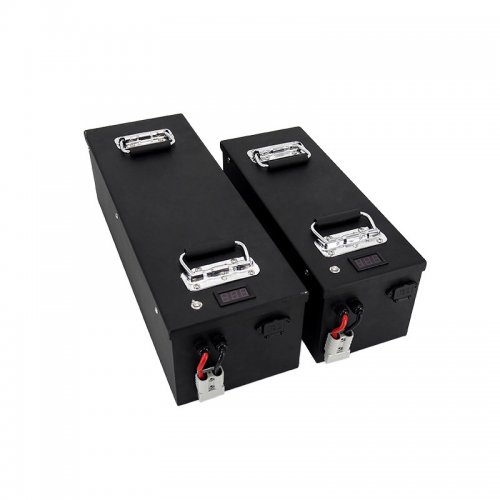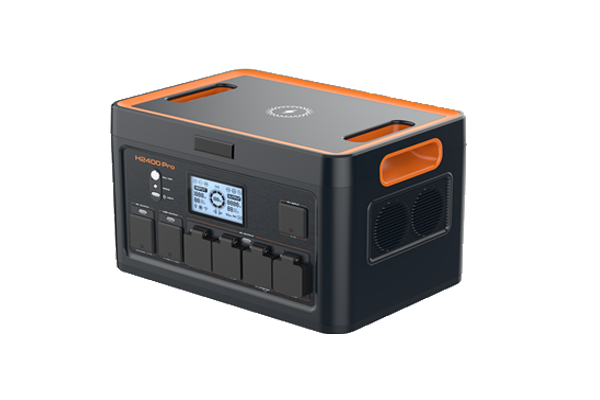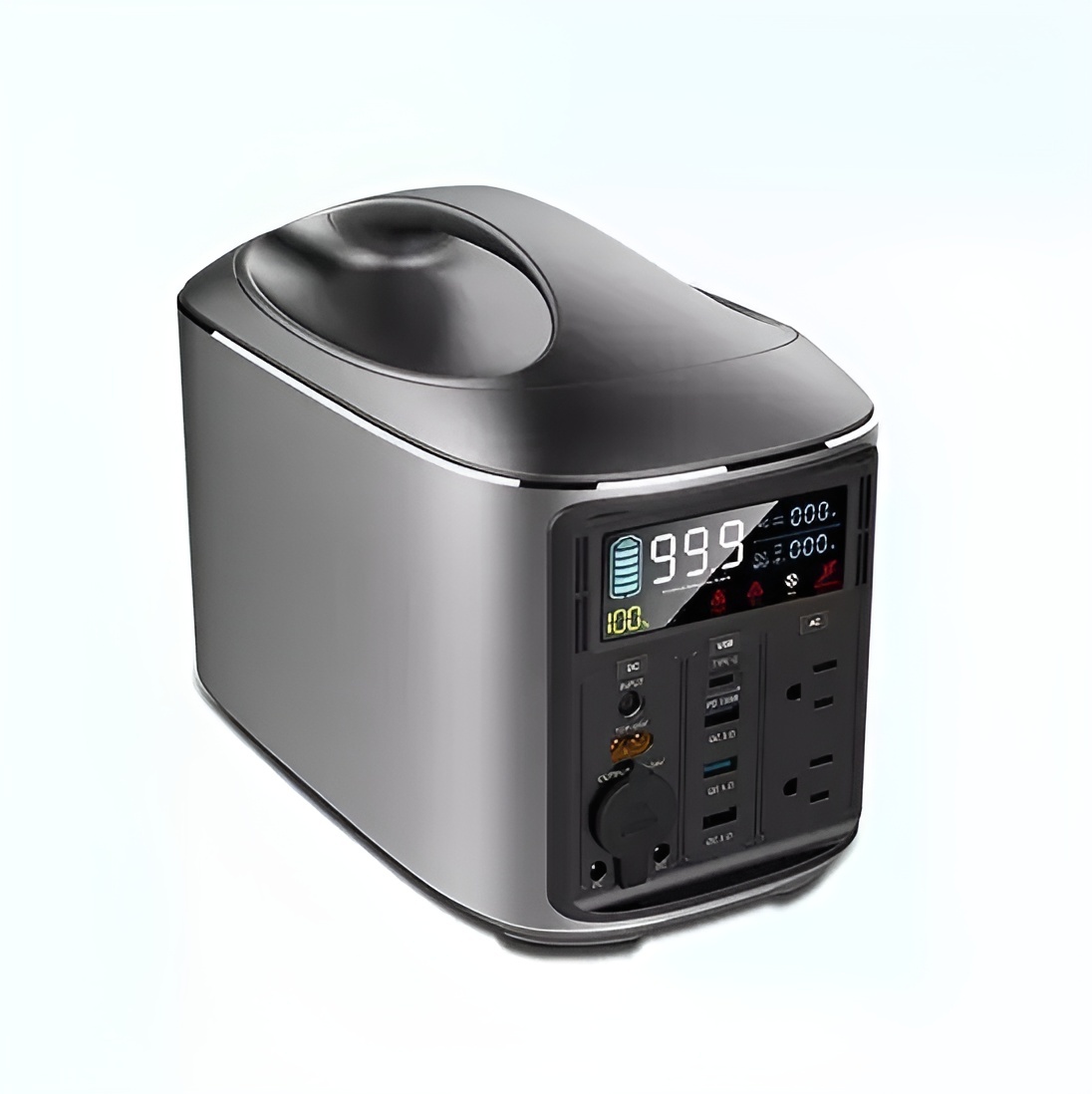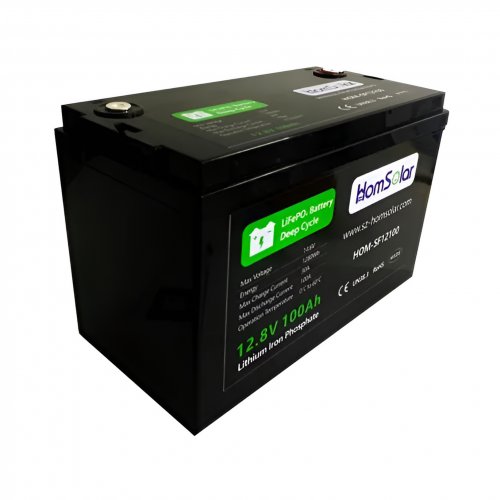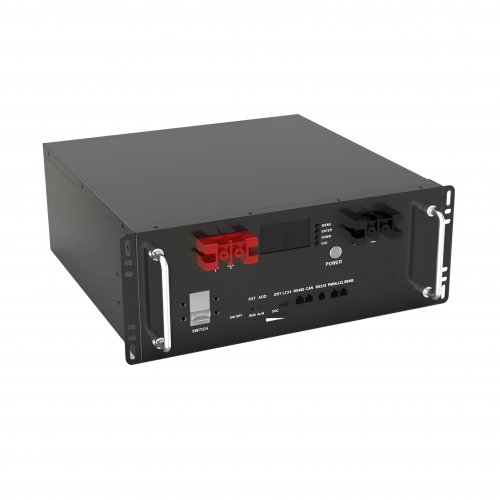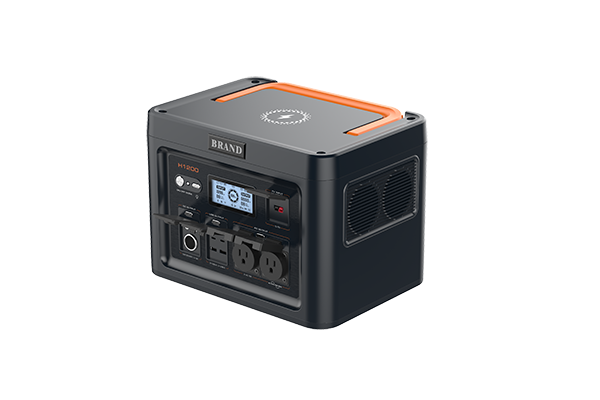Cathode Material News: Innovations And Supply Chain Dynamics Reshaping The Battery Industry
The global push towards electrification and renewable energy integration has placed unprecedented focus on the heart of most energy storage systems: the lithium-ion battery. Within this critical component, the cathode material stands as the primary determinant of performance, cost, and sustainability. Recent developments in this sector reveal a landscape of intense innovation, strategic realignments, and growing pressure to secure a stable, ethical supply chain for key raw materials.
Latest Industry Developments: Beyond Cobalt and the Rise of LMFP
The cathode market, long dominated by variants like Lithium Nickel Manganese Cobalt Oxide (NMC) and Lithium Iron Phosphate (LFP), is witnessing significant evolution. A key trend is the continued reduction of cobalt content in high-nickel cathodes. Companies like LG Energy Solution and Samsung SDI are pushing forward with NCMA (Nickel Cobalt Manganese Aluminum) chemistry, which uses aluminum to stabilize the structure and further minimize the expensive and geopolitically sensitive cobalt. These advancements aim to increase energy density for the premium electric vehicle (EV) segment while addressing cost and supply chain concerns.
Concurrently, the resurgence and enhancement of Lithium Iron Phosphate (LFP) technology continue to make headlines. LFP's advantages in cost, safety, and cycle life have led to its widespread adoption by major automakers, including Tesla and Ford, for mass-market vehicles. The latest innovation within this chemistry is the commercialization of Lithium Manganese Iron Phosphate (LMFP). By incorporating manganese into the LFP structure, companies are successfully boosting the material's energy density by 10-20%, narrowing the performance gap with NMC chemistries while largely retaining LFP's inherent safety and cost benefits. Several Chinese battery giants, including CATL and BYD, have announced LMFP products slated for volume production, signaling a new competitive front in the mid-range EV and energy storage markets.
On the manufacturing front, major cathode producers are expanding their global footprint. BASF, Umicore, and Johnson Matthey are establishing production facilities in Europe and North America, driven by regulatory incentives like the U.S. Inflation Reduction Act, which mandates a portion of critical minerals be sourced from the U.S. or its free-trade partners. This localization trend is a direct response to the desire for supply chain resilience, reducing reliance on a concentrated supply chain.
Trend Analysis: The Quest for Sustainability and Next-Generation Chemistries
The industry's trajectory is being shaped by several overarching trends. Firstly, sustainability and the circular economy are moving from buzzwords to operational necessities. The energy-intensive nature of cathode production is under scrutiny, leading to investments in low-carbon footprint manufacturing processes and the use of renewable energy in production facilities. Furthermore, recycling is rapidly evolving from a niche activity to an integral part of the cathode material ecosystem. Companies like Redwood Materials and Li-Cycle are scaling up operations to recover lithium, cobalt, and nickel from end-of-life batteries. This "urban mining" is increasingly viewed as a crucial domestic source of critical minerals, mitigating mining impacts and enhancing supply security.
Secondly, the research and development pipeline is buzzing with activity around next-generation cathodes. While solid-state batteries often dominate futuristic headlines, their commercial viability is intrinsically linked to the development of compatible cathode materials. Research is focused on high-capacity, stable cathodes that can operate efficiently with a solid electrolyte, with promising candidates including high-nickel NMC and sulfur-based cathodes.
Lithium-sulfur (Li-S) and sodium-ion (Na-ion) technologies are also gaining traction as potential successors or complements to conventional lithium-ion systems. Sodium-ion batteries, which utilize cathode materials based on Prussian white or layered metal oxides, completely avoid the need for lithium and cobalt. While their energy density is currently lower, they present a compelling solution for grid storage and low-range urban mobility, offering a lower-cost and more abundant alternative. Recent announcements from CATL and HiNa Battery regarding the deployment of Na-ion batteries mark a significant step in diversifying the cathode material portfolio beyond lithium.
Expert Perspectives: Balancing Innovation with Pragmatism
Industry experts emphasize a period of strategic diversification rather than a single, winner-takes-all outcome for cathode chemistries.
"The future of cathode materials is not a monolithic one," says Dr. Elena Rodriguez, a materials scientist at a leading European research institute. "We are moving towards a portfolio approach where the optimal chemistry is selected based on the specific application. High-nickel NMC will likely remain for high-performance vehicles where range is paramount, LMFP will capture a large share of the standard-range EV market, and sodium-ion will begin to address the massive stationary storage sector. The key challenge is scaling all these technologies sustainably."
On the supply chain front, the conversation is dominated by geopolitics and ethics. "The IRA has fundamentally reshaped the investment calculus for cathode production," notes Michael Chen, a battery industry analyst at a global consultancy. "We are seeing a massive wave of capital expenditure directed towards North America. However, building a localized supply chain from the mine up is a decade-long project. In the interim, securing partnerships and offtake agreements with responsible mining operations in countries like Australia, Canada, and Indonesia will be critical."
Finally, the role of recycling is viewed as a long-term game-changer. "Recycled cathode materials are no longer a scientific curiosity; they are a commercial reality," states Sarah Wilkinson, CEO of a battery recycling startup. "As the first wave of EVs reaches end-of-life this decade, we will see a substantial flow of secondary raw materials. The industry's task is to build the logistical and processing infrastructure to capitalize on this. Closed-loop recycling will eventually reduce the environmental footprint and geopolitical risks associated with primary mineral extraction."
In conclusion, the cathode material sector is in a state of dynamic flux. The competition between established chemistries is intensifying, enhanced by incremental innovations like LMFP. Simultaneously, the drive for supply chain security is redrawing the global production map, while sustainability pressures are accelerating the adoption of recycling and low-carbon manufacturing. As the backbone of the energy transition, the evolution of cathode materials will remain a central narrative, balancing the relentless pursuit of higher performance with the pragmatic demands of cost, supply, and environmental responsibility.
Customized/OEM/ODM Service
HomSolar Supports Lifepo4 battery pack customization/OEM/ODM service, welcome to contact us and tell us your needs.


HomSolar: Your One-stop LiFePO4 Battery Pack & ESS Solution Manufacturer
Our line of LiFePO4 (LFP) batteries offer a solution to demanding applications that require a lighter weight, longer life, and higher capacity battery. Features include advanced battery management systems (BMS), Bluetooth® communication and active intelligent monitoring.

Customised Lithium Iron Phosphate Battery Casing
ABS plastic housing, aluminium housing, stainless steel housing and iron housing are available, and can also be designed and customised according to your needs.

HomSolar Smart BMS
Intelligent Battery Management System for HomSolar Energy Storage System. Bluetooth, temperature sensor, LCD display, CAN interface, UART interface also available.


Terminals & Plugs Can Be Customized
A wide range of terminals and plugs can be customised to suit the application needs of your battery products.

Well-designed Solutions for Energy Storage Systems
We will design the perfect energy storage system solution according to your needs, so that you can easily solve the specific industry applications of battery products.



About Our Battery Cells
Our energy storage system products use brand new grade A LiFePO4 cells with a battery lifespan of more than 4,000 charge/discharge cycles.



Applications in Different Industries
We supply customized & OEM battery pack, assemble cells with wiring, fuse and plastic cover, all the cell wires connected to PCB plug or built BMS.
Applications: E-bike, Electric Scooter, Golf Carts, RV, Electric Wheelchair, Electric Tools, Robot Cleaner, Robot Sweeper, Solar Energy Storage System, Emergency Light, Solar Power Light, Medical Equipment, UPS Backup Power Supply.
We can provide you with customized services. We have the ability to provide a vertical supply chain, from single cells to pack/module and to a complete power solution with BMS, etc.


HomSolar (Shenzhen) Technology Co., Ltd







